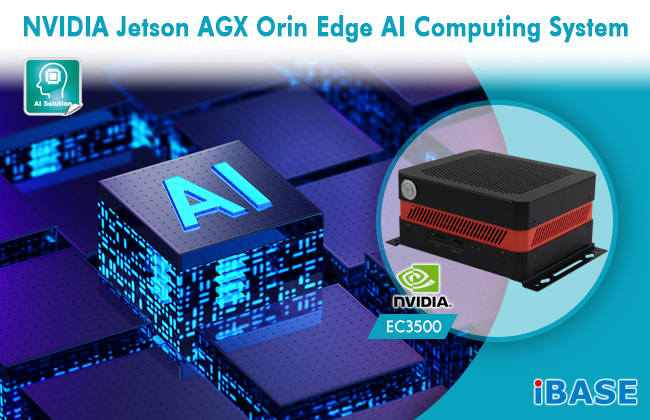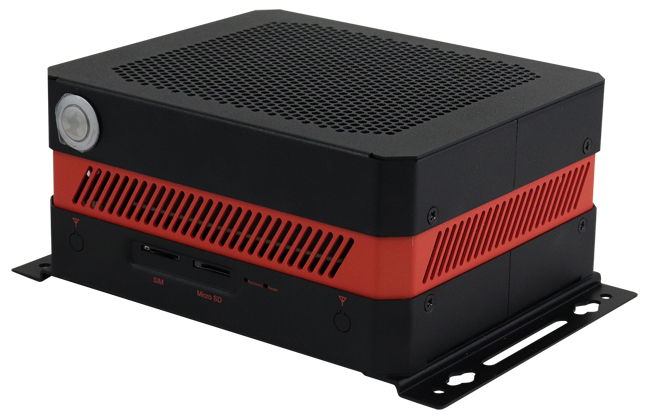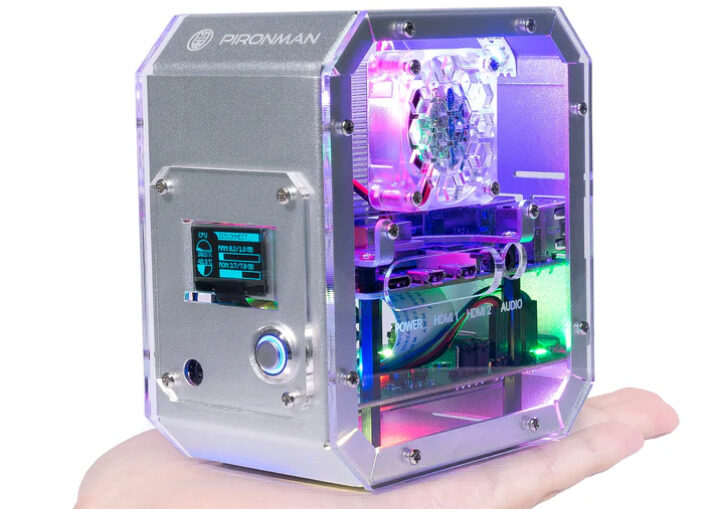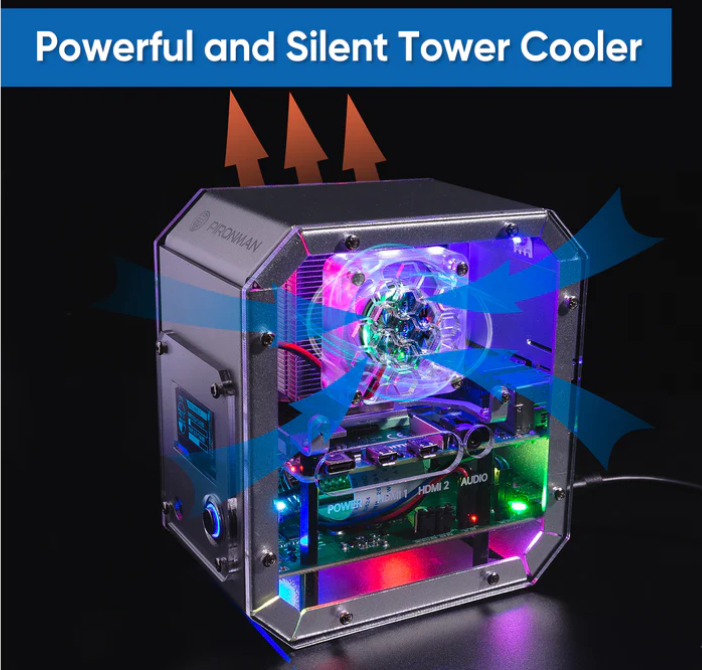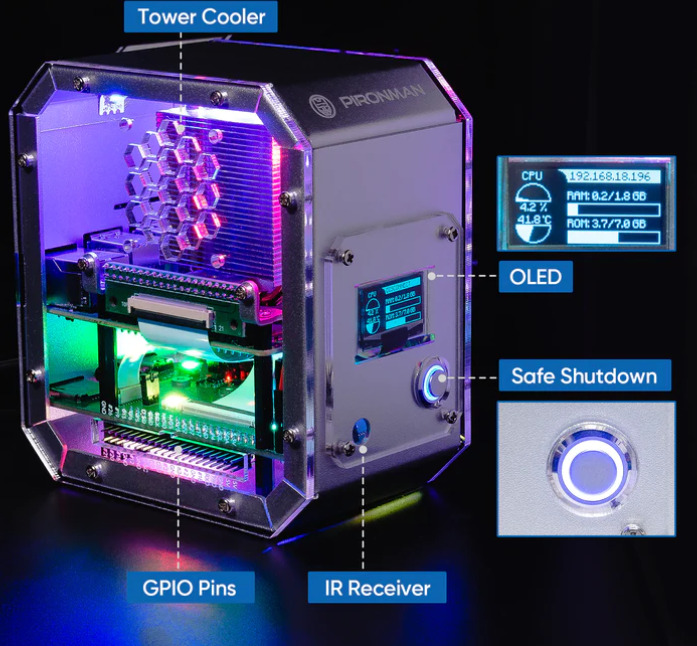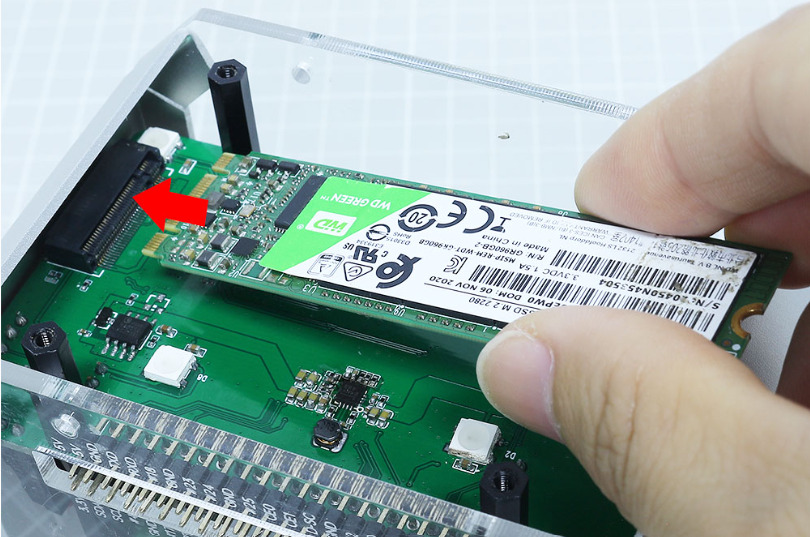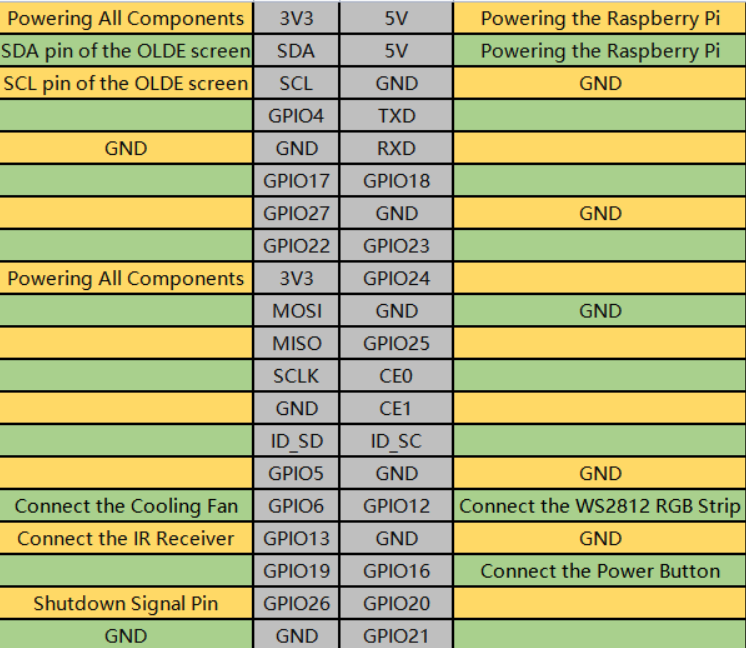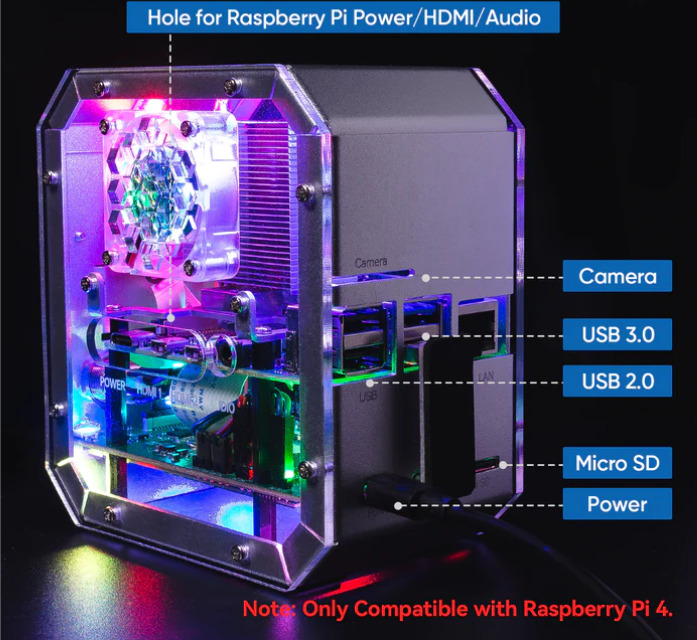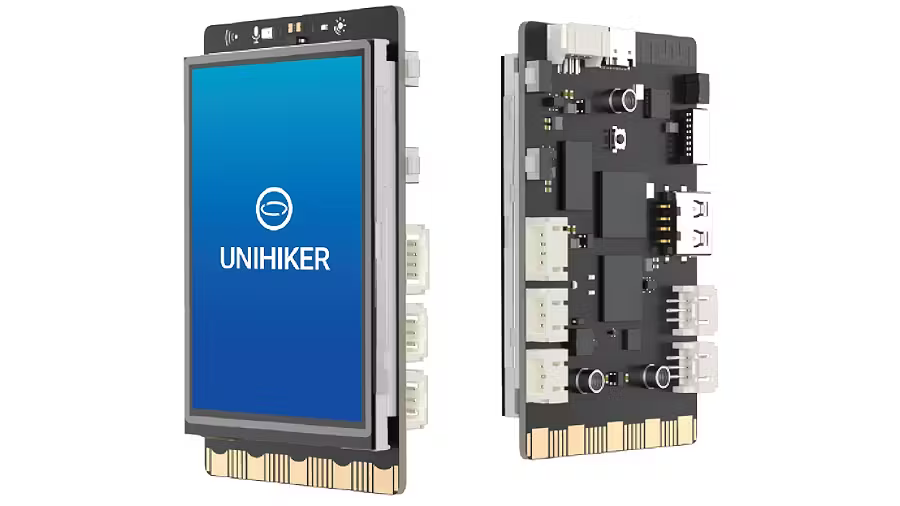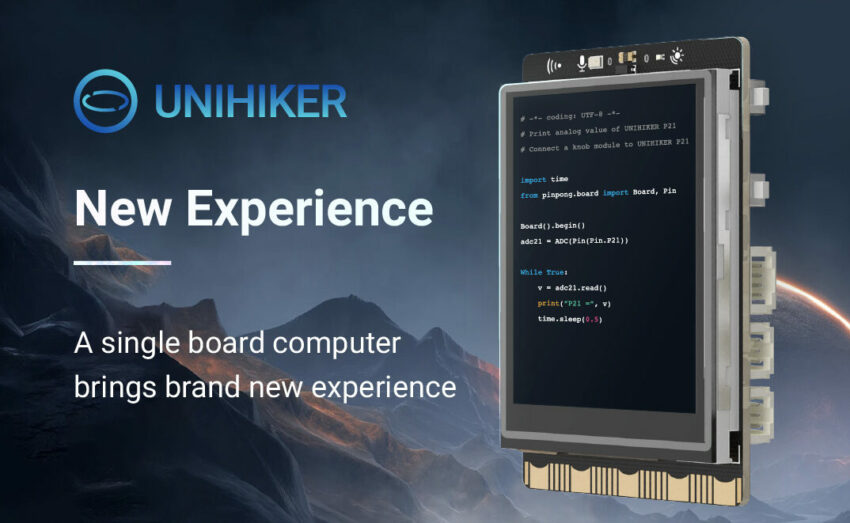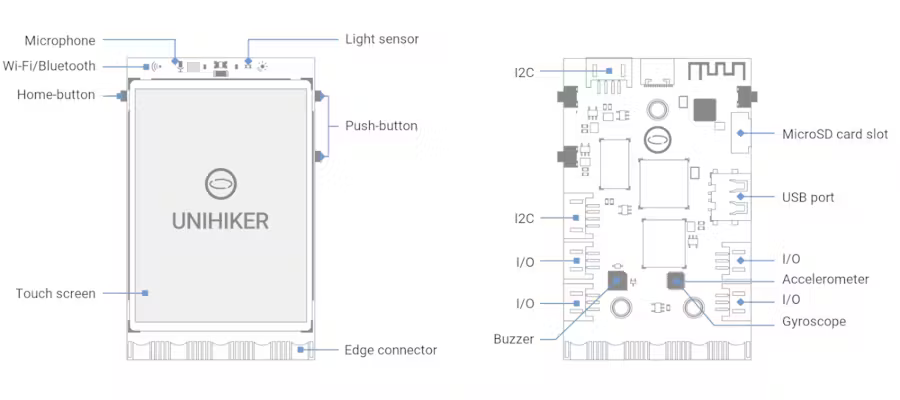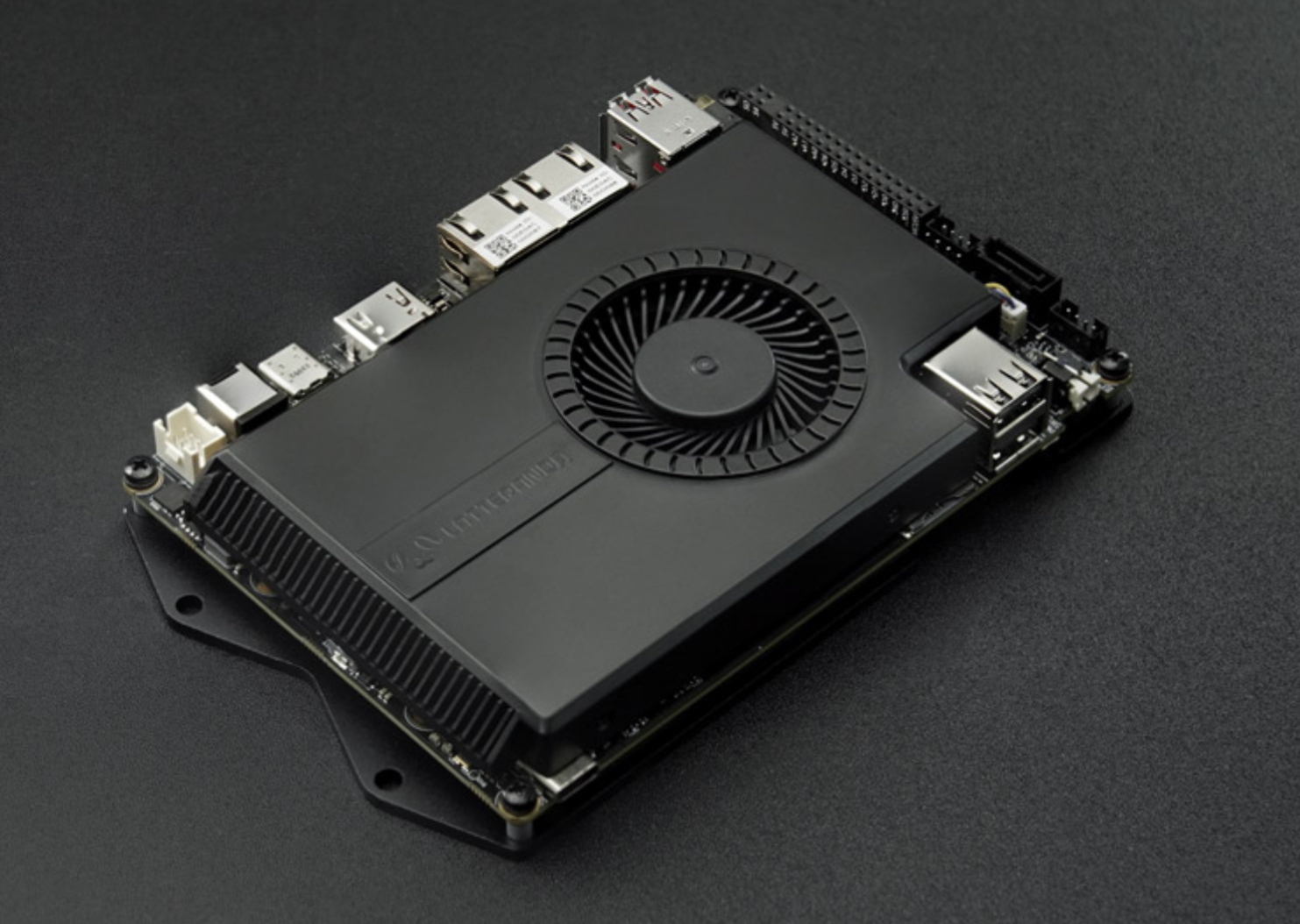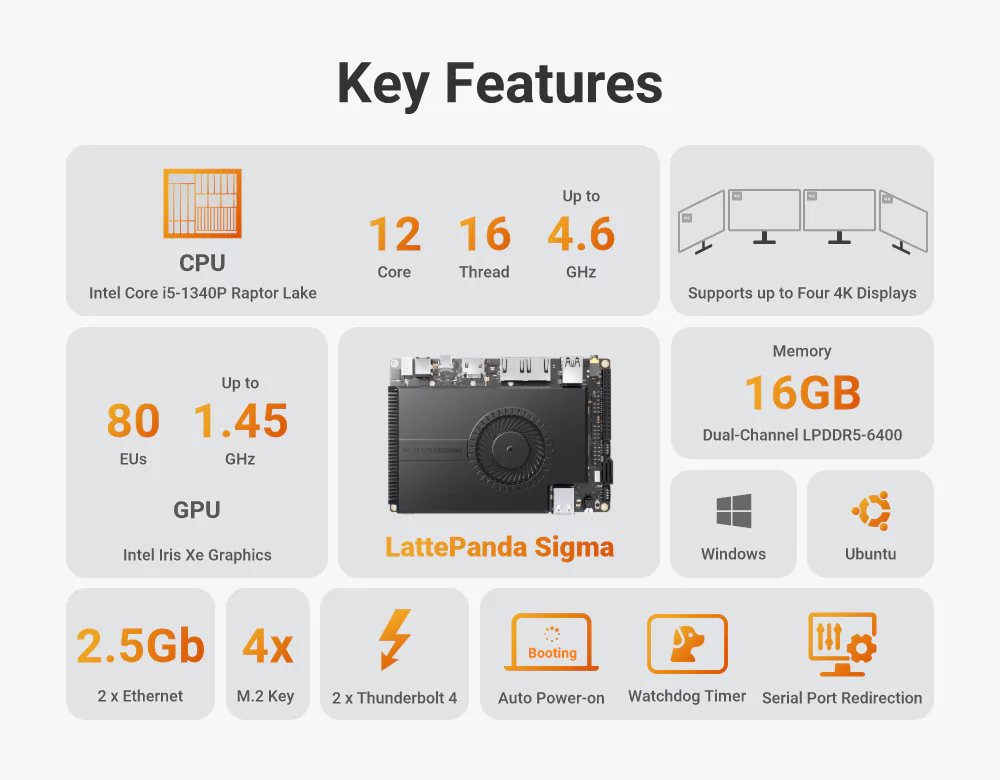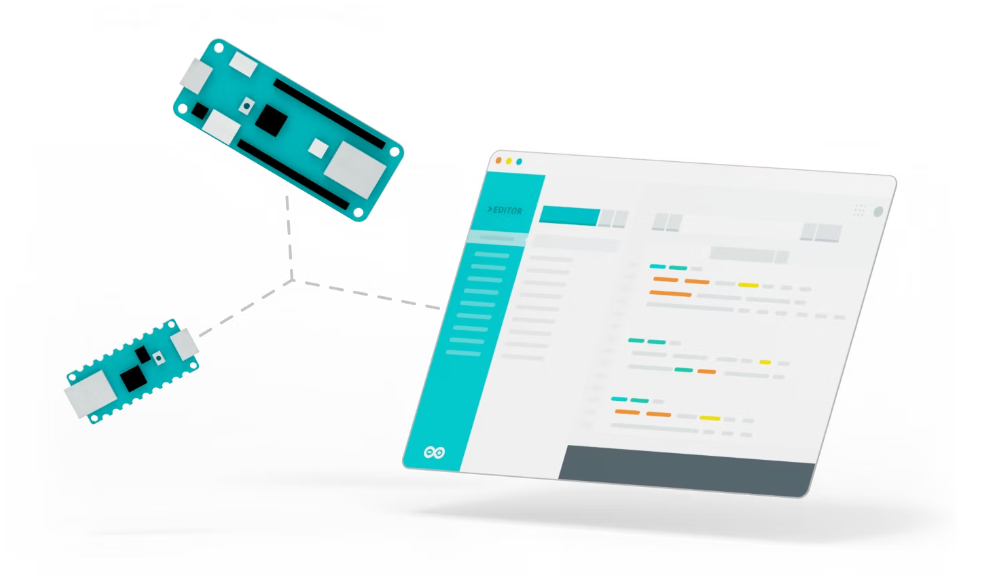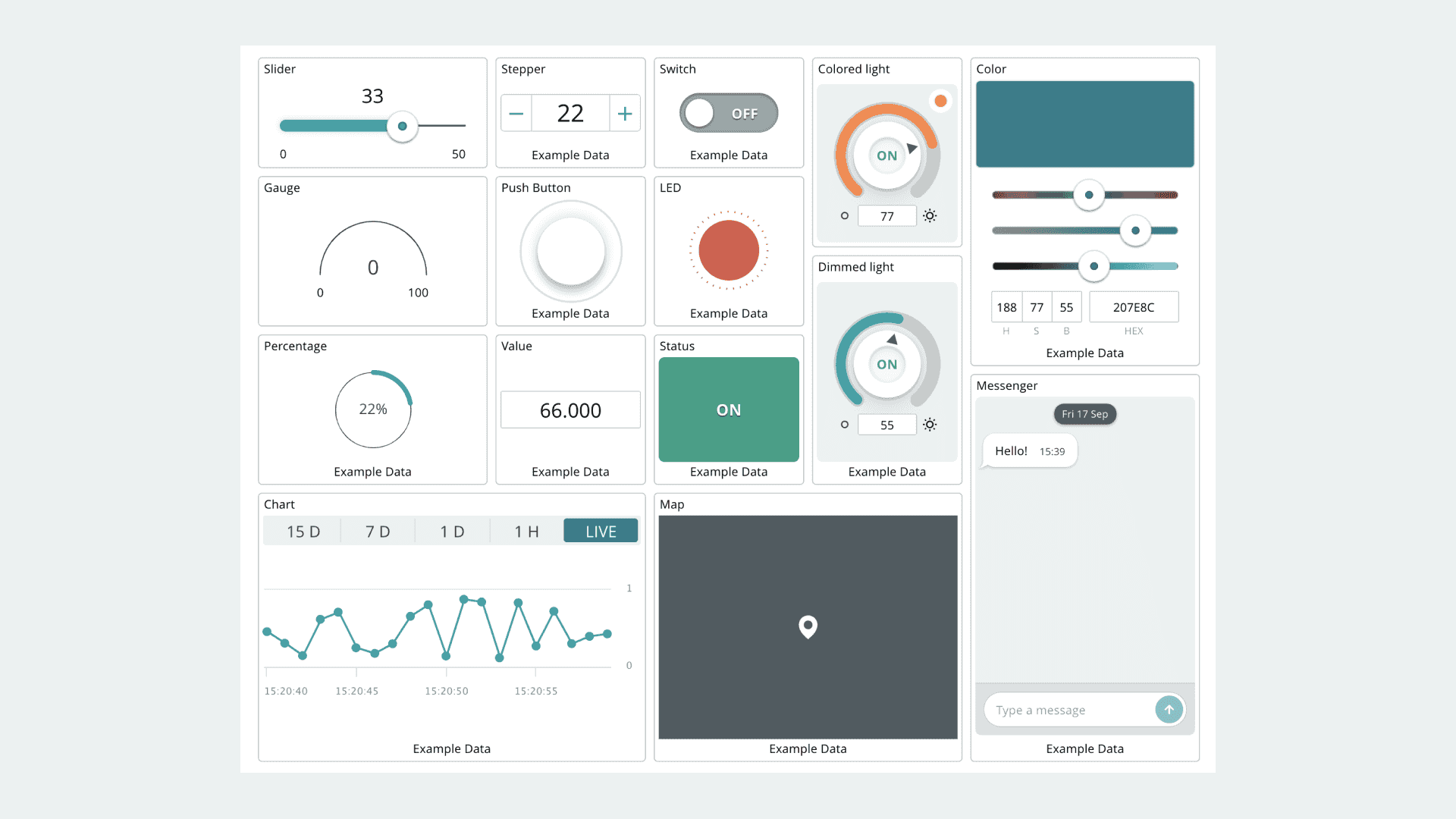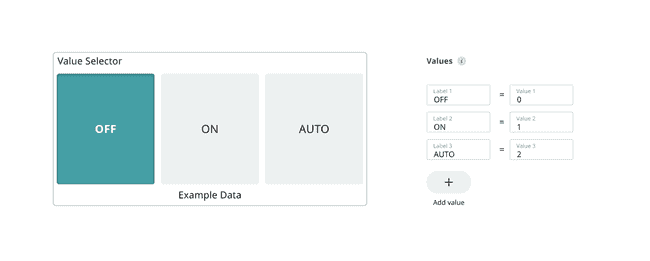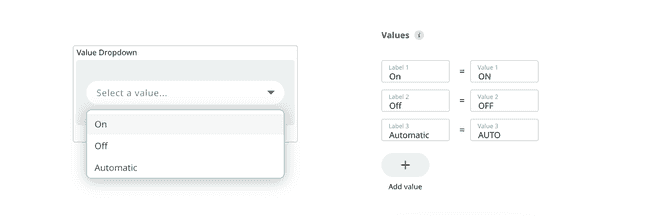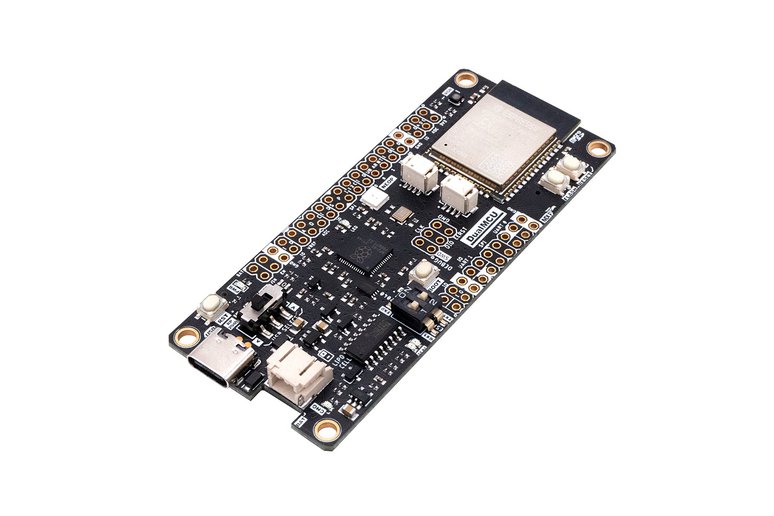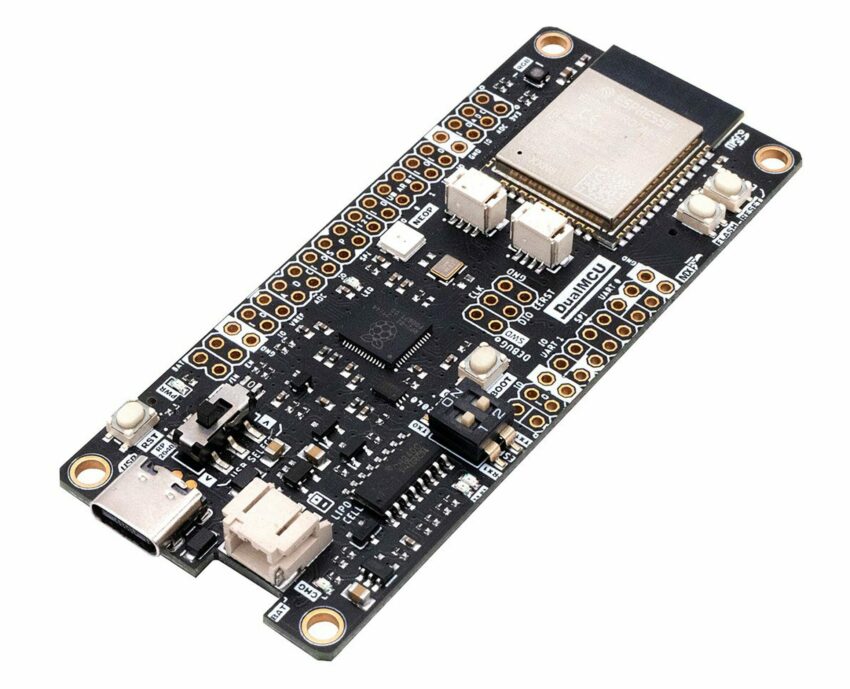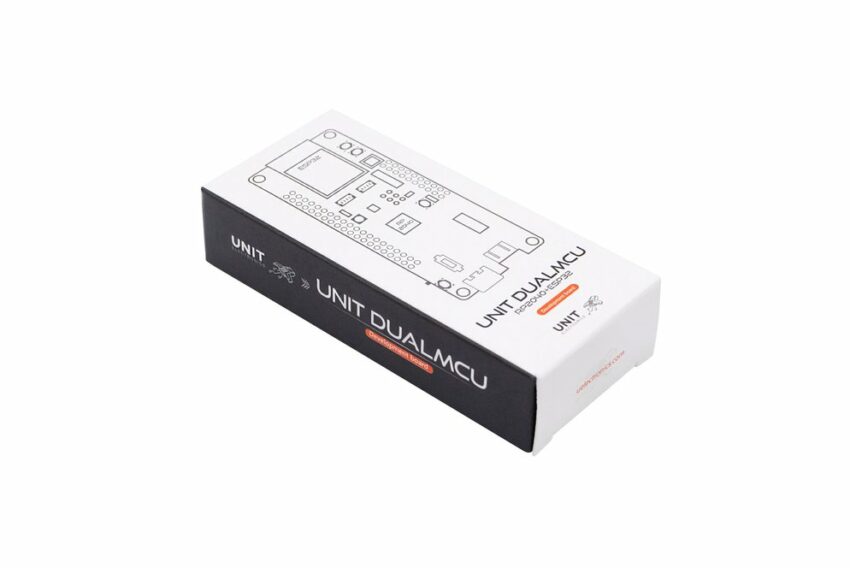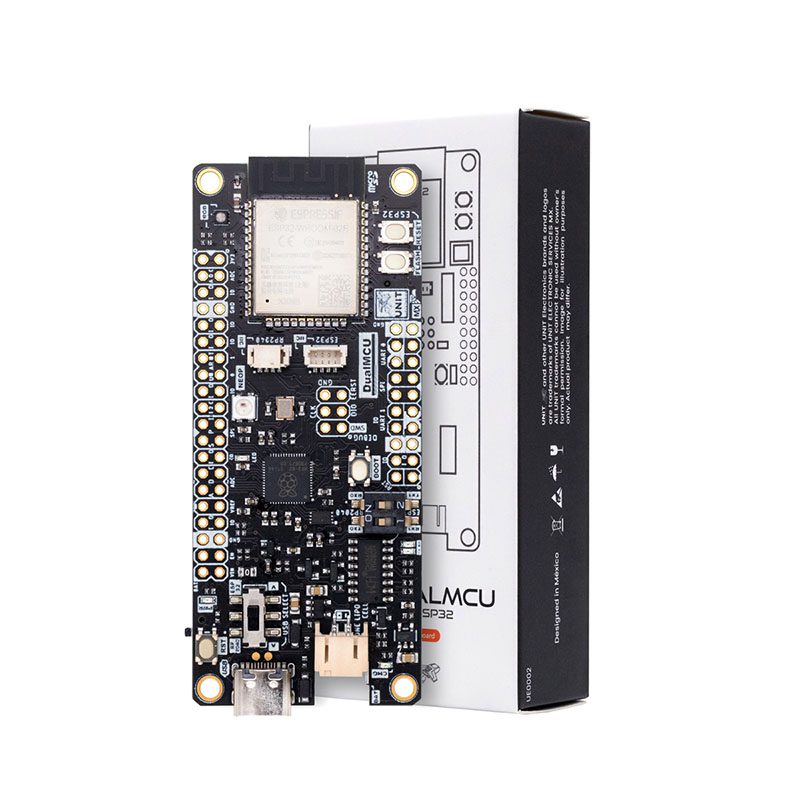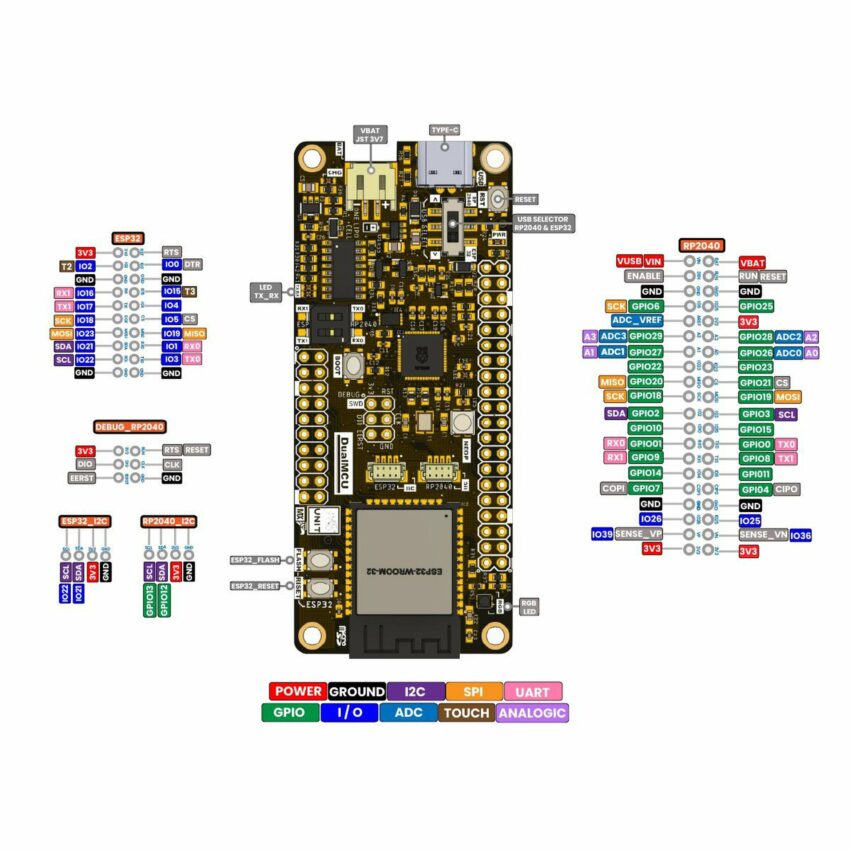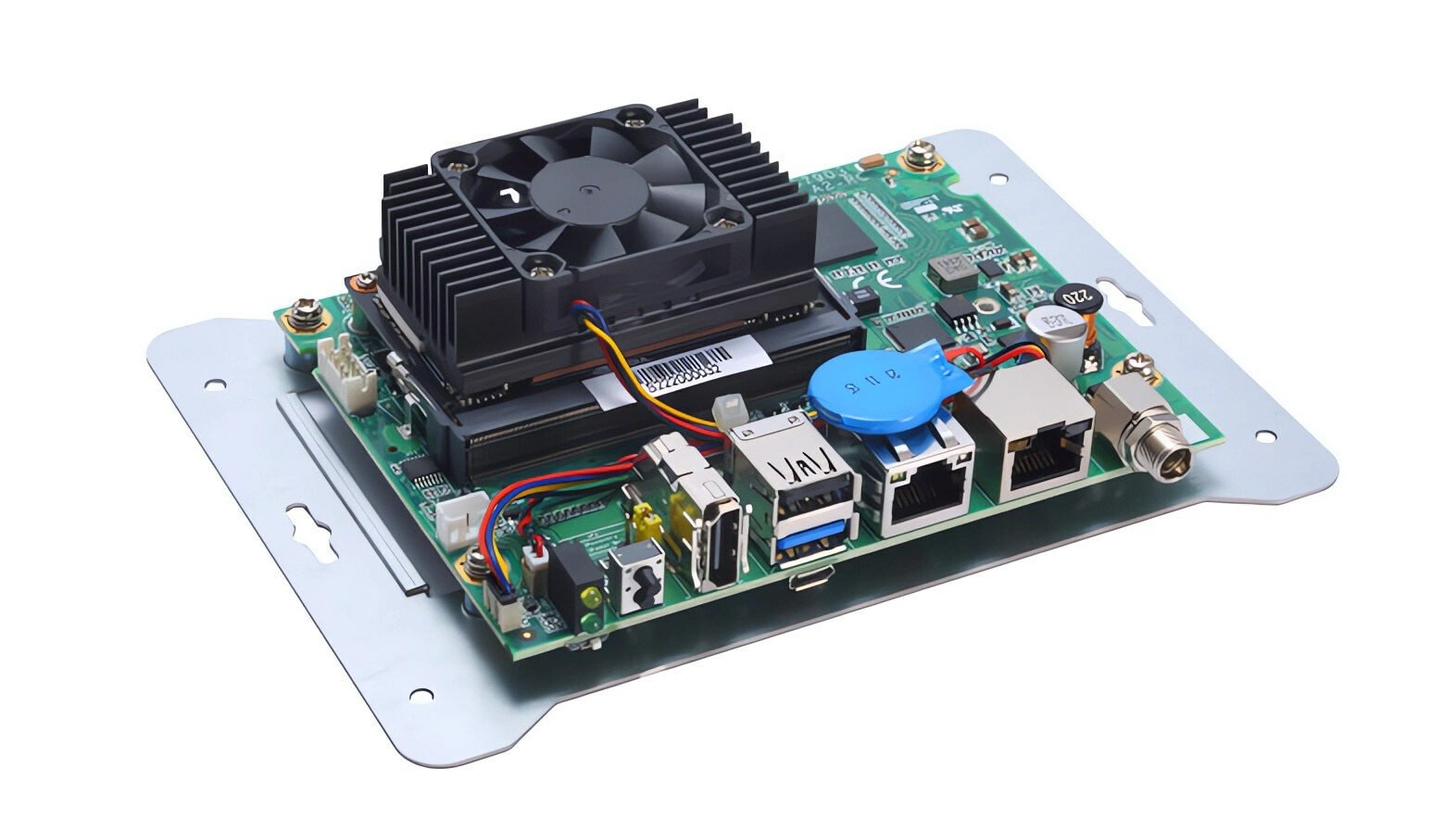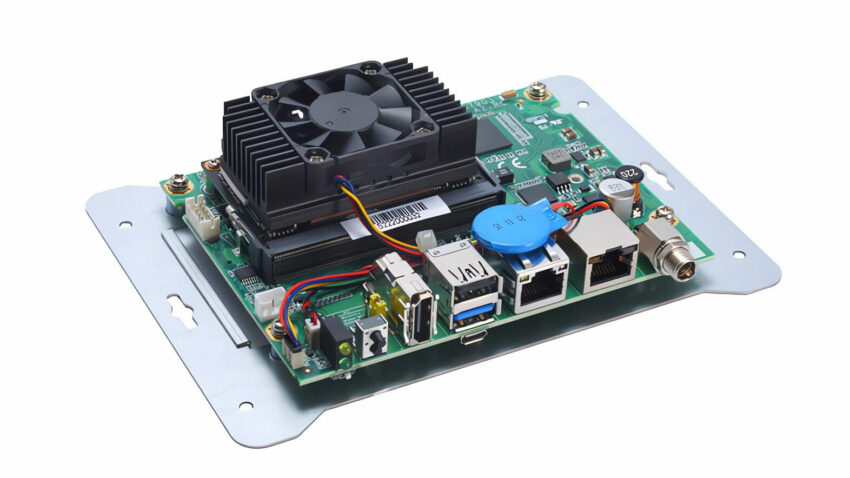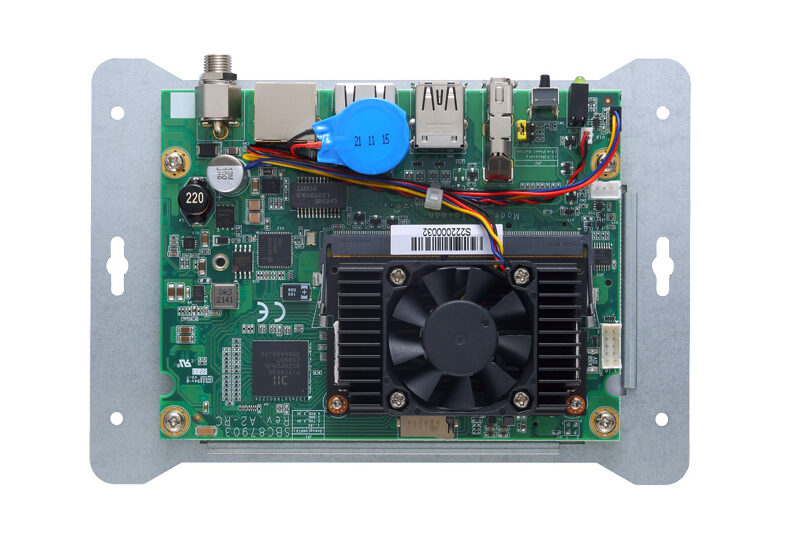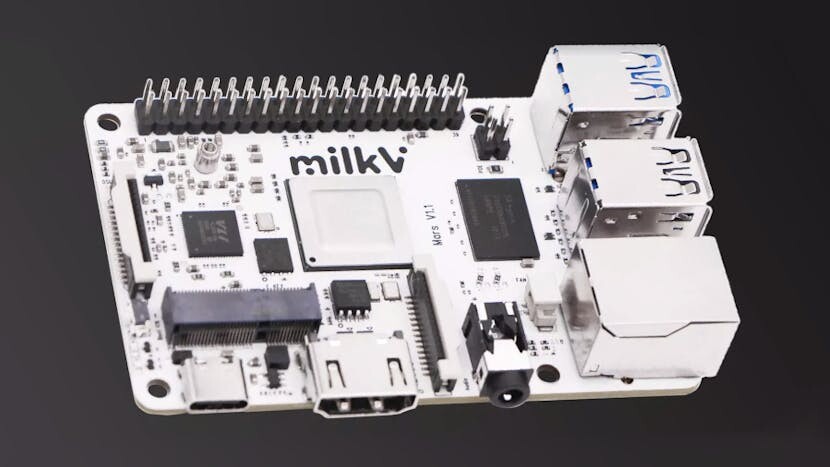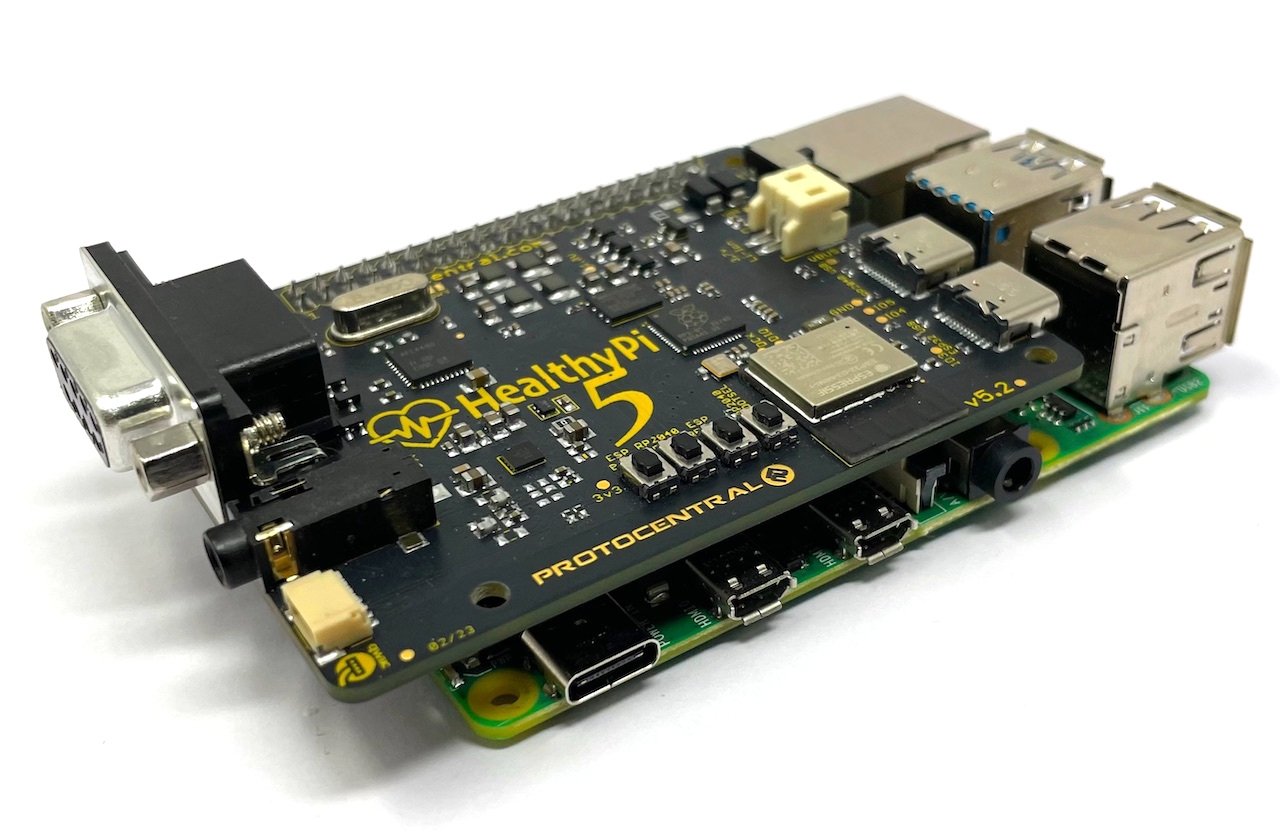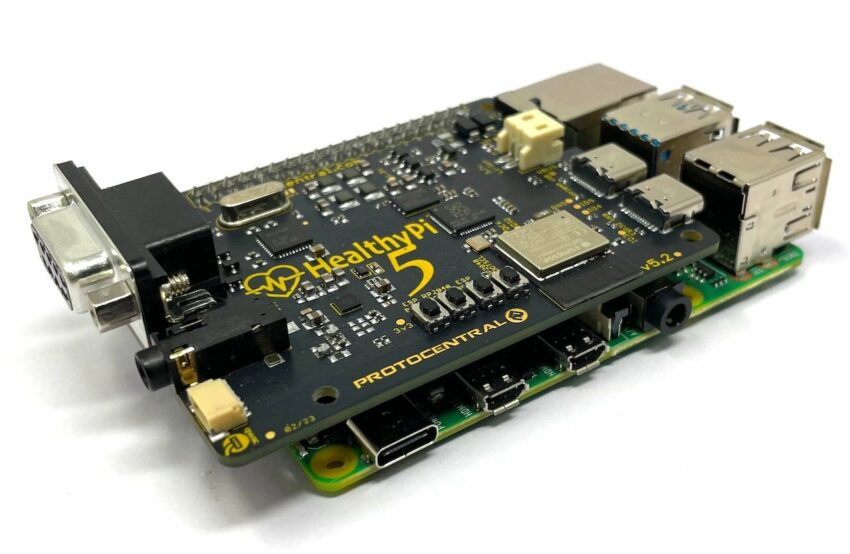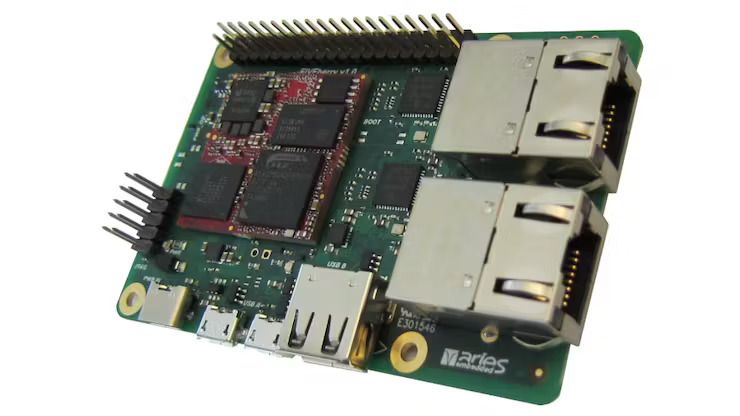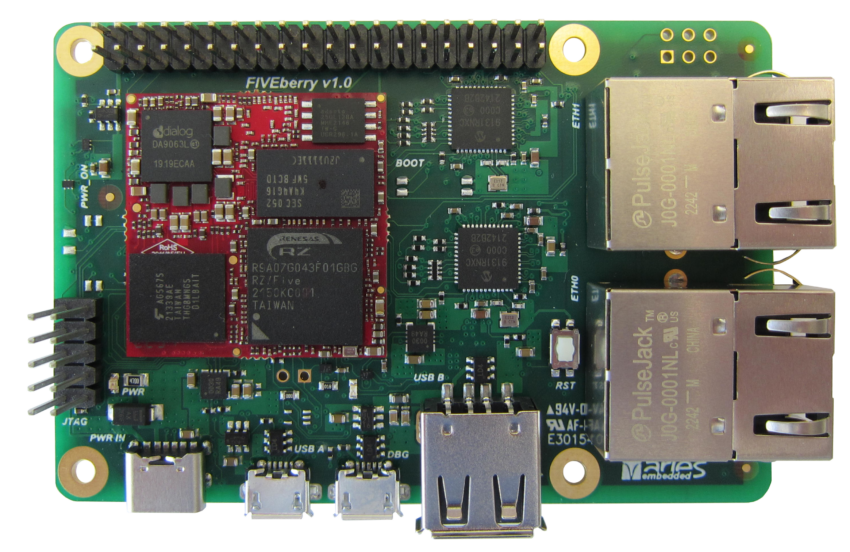IBASE Technology Inc., a renowned global manufacturer of embedded boards and systems, announced the launch of its latest EC3500 edge AI computing system designed for AI applications in smart retail, healthcare, manufacturing, and transportation sectors. Based on NVIDIA® Jetson AGX Orin 32GB / Jetson AGX Orin 64GB, the EC3500 is equipped with either an 8-core or a 12-core NVIDIA Arm® Cortex A78AE v8.2 64-bit processor, delivering unparalleled processing power capable of handling the most demanding AI workloads with ease.
What sets the EC3500 apart is its incorporation of a powerful NVIDIA Ampere GPU featuring 1792 or 2048 cores, accompanied by 56 or 64 Tensor Cores respectively. This remarkable combination enables the concurrent execution of multiple AI application pipelines while ensuring exceptional graphics performance. The system excels in various applications, including computer vision, object detection, and natural language processing.
“With its powerful computing capabilities, advanced features, and expandability, the EC3500 is the ultimate solution for a wide range of AI applications,” said Archer Chien, Director of IBASE Solution Product Planning Dept. “We are proud to offer this cutting-edge solution to our customers and look forward to seeing the impact it will have on the industry.”
EC3500 FEATURES:
- 8-core NVIDIA Arm® Cortex A78AE v8.2 64-bit CPU 2MB L2 + 4MB L3 / 12-core NVIDIA Arm® Cortex A78AE v8.2 64-bit CPU 3MB L2 + 6MB L3
- 1792-core NVIDIA Ampere GPU with 56 Tensor Cores / 2048-core NVIDIA Ampere GPU with 64 Tensor Cores
- 1x M.2 B-Key 3042/3052 (LTE/5G – USB3) w/ micro sim holder: cellular function
- 1x M.2 E-Key 2230 (PCI-E/USB2): WiFi/BT/GPS function
- 1x M.2 M-Key (NVMe) 2280: storage function
- 1x 16-Lane MIPI Expansion Connector
- Wide Power Input Range 9V~36V DC
- Supports Ubuntu 20.04 OS
Furthermore, the EC3500 boasts impressive expandability options. Notable features include an M.2 B-Key 3042/3052 with a micro-SIM holder for seamless cellular functionality, ideal for locations with limited network connectivity. Additionally, it incorporates an M.2 E-Key 2230 for flexible WiFi/BT/GPS functionality, an M.2 M-Key 2280 socket for ample storage space with NVMe support, and a 16-lane MIPI expansion for enhanced customization possibilities. The system also accommodates a wide power input range of 9V~36V DC and comes with Ubuntu 20.04 OS support.
For more information, please visit www.ibase.com.tw


